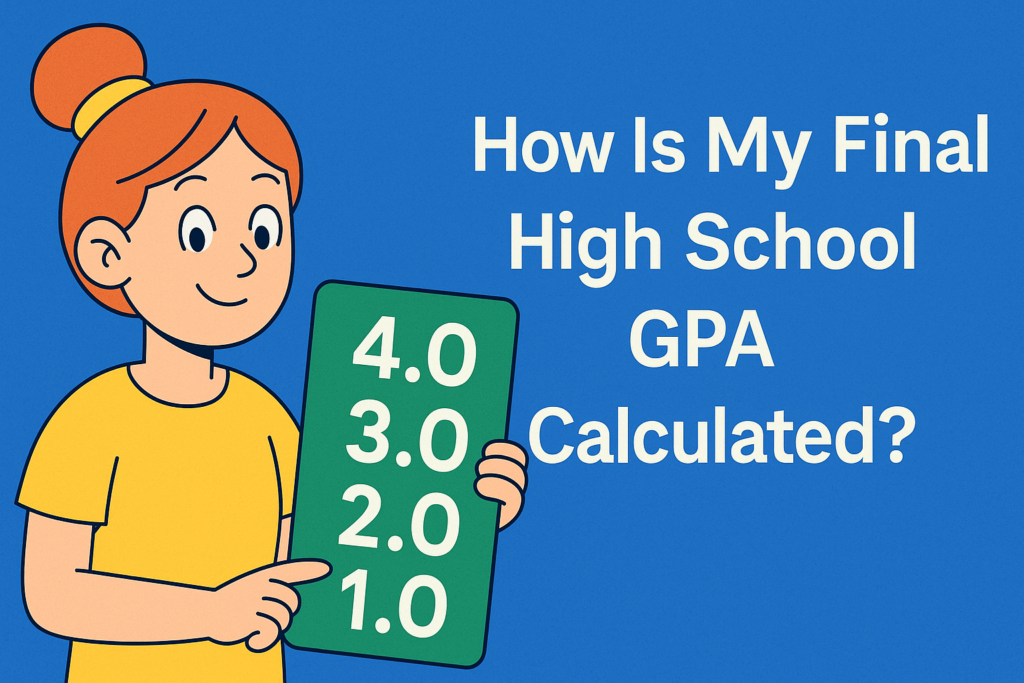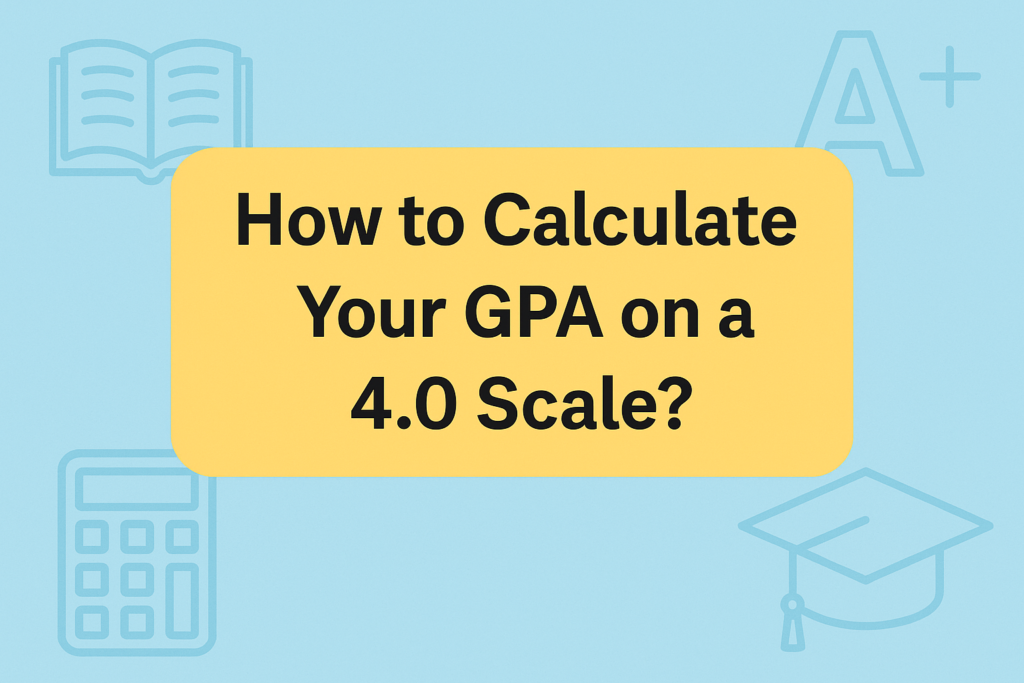Percentage to SGPA Calculator
Need to convert your percentage to SGPA? This Percentage to SGPA Calculator does the work for you. Just enter your marks, and the calculator gives you your SGPA—accurate, quick, and clear. It uses a standard conversion method followed by many universities, so you don’t have to figure it out on your own. Whether filling out an academic form, comparing scores, or trying to understand where you stand, this tool makes the process easy.
Percentage to SGPA Converter
Your SGPA Result
on 10.0 scale
What is a Percentage to SGPA Calculator?
A Percentage to SGPA Calculator is a simple tool that helps you convert your percentage marks into SGPA or Semester Grade Point Average. It’s built for students who receive their scores in percentages but need to report SGPA—for applications, transcripts, or even internal assessments. Universities may use slightly different methods, but most follow a standard conversion formula.
You enter your percentage. That’s all. The tool calculates the SGPA using the accepted conversion rule, which typically involves dividing the rate by a fixed factor—often 9.5 or something close to it, depending on your academic board or university. You don’t have to memorize the formula or lookup tables. The calculator handles it for you.
If you’ve ever paused during an application form because they asked for SGPA and all you had was your percentage, you’re not alone. That’s the problem this tool solves.
Why Use Our Percentage to SGPA Calculator?
There are a few reasons, and none of them are complicated.
It’s accurate.
The calculator follows commonly accepted conversion methods, so the number you see is what most institutions will expect.
It’s easy to use.
You don’t need to set anything up. There are no extra fields. Just type in your percentage, and the SGPA appears.
It saves time.
You could look up the formula. You could try doing it on paper. But if you’re in the middle of filling out a form—or just want to check quickly—this is faster.
It’s flexible.
Whether applying to a university, checking your semester scores, or helping someone else, it works across different situations. It’s not tied to one grading system or one type of student.
And honestly, it just removes one small piece of stress from something already stressful enough. That’s sufficient reason to use it.
If you need to do the reverse, try our SGPA to Percentage Calculator. It gives you a precise result using the same standard method.
Understanding SGPA
What is SGPA?
SGPA (Semester Grade Point Average) is a measure of academic performance in a single semester. It’s calculated by taking the weighted average of grade points obtained in all subjects/courses registered for that semester.
How is SGPA Different from CGPA?
While SGPA represents your performance in a single semester, CGPA (Cumulative Grade Point Average) represents your overall academic performance across all semesters. CGPA is essentially the average of all your SGPAs.
Why Convert Percentage to SGPA?
Many universities and institutions use the SGPA system for grading, while schools and colleges often provide marks in percentages. Converting between these systems is essential for applications, transcripts, and academic evaluations.
🧮 How to Convert Percentage to SGPA (Step-by-Step Guide)
Percentage to SGPA Conversion Guide
Converting your percentage to SGPA doesn’t need to feel like a trick question. Follow this step-by-step guide with formulas and examples.
You’re not alone if you’ve ever paused at a form asking for SGPA when you only have percentages. This guide walks you through each step using the standard scales—4.0, 5.0, 7.0, and 10.0—with formulas and real examples.
1 Know Your Grading Scale
Each institution may follow a different SGPA scale. The most common are 4.0, 5.0, 7.0, and 10.0. Choosing the right one is the first step. If you’re unsure which one to use, check your academic board or university’s format.
2 Apply the Right Formula
🔹 For the 10.0 Scale
🔹 For the 7.0 Scale
90% and above → 7.0
80–89% → 6.0
70–79% → 5.0
…and so on.
🔹 For the 5.0 Scale
90% and above → 5.0
80–89% → 4.5
70–79% → 4.0
60–69% → 3.5
🔹 For the 4.0 Scale
90–100% → 4.0
80–89% → 3.5
70–79% → 3.0
…and so on.
3 Compare Scores
| Percentage | 4.0 Scale | 5.0 Scale | 7.0 Scale | 10.0 Scale |
|---|---|---|---|---|
| 90% | 4.0 | 5.0 | 7.0 | 9.0 |
| 85% | 3.5 | 4.5 | 6.0 | 8.5 |
| 75% | 3.0 | 4.0 | 5.0 | 7.5 |
| 65% | 2.5 | 3.0 | 4.0 | 6.5 |
| 50% | 2.0 | 3.0 | 3.0 | 5.0 |
4 Use the Online SGPA Calculator
If you’d rather not do the math yourself every time, use the calculator built into this page. You enter your percentage, choose your scale, and your SGPA shows up instantly.
This process isn’t complicated once you know what to do. Still, having the steps in front of you and a tool that checks the math makes everything faster. And more accurate.
Whether you’re applying somewhere or trying to understand your academic standing, knowing how to convert the percentage to SGPA is one of those things you’re glad you learned once.
GPA Calculator Suite
Access our comprehensive suite of GPA calculators
GPA Calculator
Calculate your GPA easily
College GPA Calculator
Calculate your college GPA easily
High School GPA Calculator
Calculate your high school GPA easily
Semester GPA Calculator
Calculate your Semester GPA easily
Cumulative GPA Calculator
Calculate your Cumulative GPA easily
Final Grade Calculator
Calculate your Final Grade easily
Weighted Grade Calculator
Calculate your Weighted Grade easily
EZ Grader – Easy Grade Calculator
Calculate your Easy Grade Calculator easily
CGPA to GPA Converter
Convert CGPA to GPA easily
CGPA to Percentage Converter
Convert CGPA to Percentage easily
CGPA to Marks Converter
Convert CGPA to Marks easily
Grade to GPA Converter
Convert Grade to GPA easily
Marks to Percentage Converter
Convert Marks to Percentage easily
Percentage To CGPA Converter
Convert Percentage To CGPA easily
Percentage to GPA Converter
Convert Percentage to GPA easily
Percentage To SGPA Converter
Convert Percentage To SGPA easily
SGPA to CGPA Converter
Convert SGPA to CGPA easily
SGPA to Percentage Converter
Convert SGPA to Percentage easily
GPA Calculator: The Ultimate Guides to Calculate & Improve Your Grades
How Is My Final High School GPA Calculated?
How Is My Final High School GPA Calculated? What Is a Final GPA in High School? Your final high school GPA is a cumulative number that reflects how you performed across all your classes from freshman through senior year. It’s more than just a semester average. It’s the total snapshot. Colleges use this number to […]
How to Calculate Your GPA on a 4.0 Scale?
How to Calculate Your GPA on a 4.0 Scale? What is GPA and Why Does It Matter? GPA stands for Grade Point Average. It sums up your academic performance into one number. If you’re aiming for college, scholarships, or even some jobs, this number quietly sits on the top of your transcript, silently speaking for […]
How do I calculate my overall High School GPA?
How do I calculate my overall High School GPA? Understanding the Basics of High School GPA What Is GPA and Why Does It Matter? Grade Point Average (GPA) is the most common way schools summarize your academic performance. It takes all your grades and converts them into a single number. That number is used by […]




